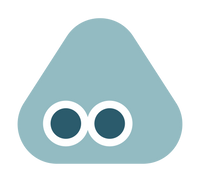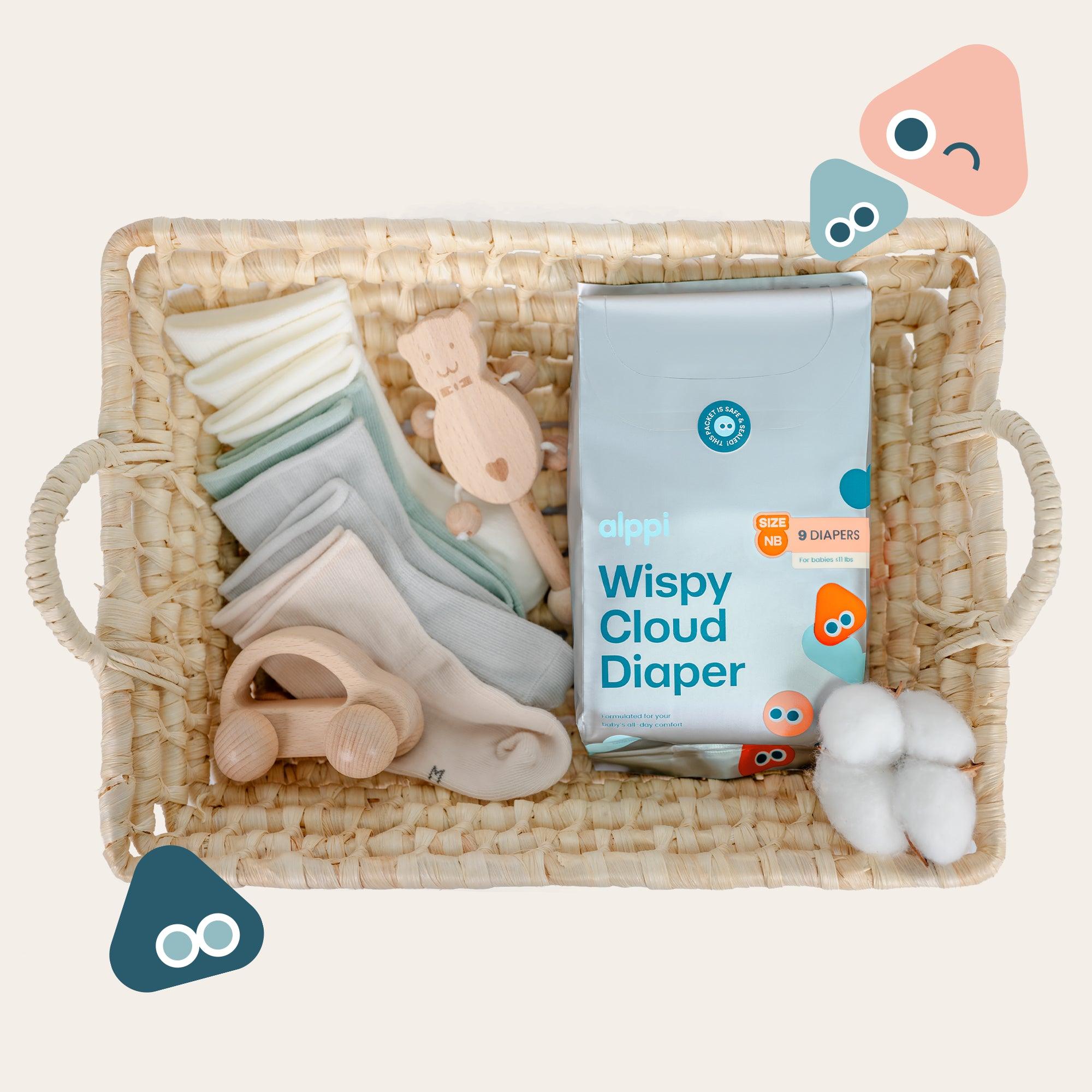At 4 months, babies start showing big leaps in motor, social, and communication skills. Many can grab and hold toys, giggle out loud, and recognize familiar faces and voices. They also gain better head control and may roll from tummy to back for the first time.
Communication grows too, with coos, squeals, and fussing used to get attention. Around this age, babies become more curious about their surroundings and begin interacting more with people and objects.
Each of these changes marks an exciting step in your baby’s journey of growth and discovery.
Watching your baby reach these moments feels huge. You’ll know when to try new activities, or maybe even think about starting new foods. Keeping track of these changes makes parenting feel a bit less wild—and honestly, a lot more fun.
4 Month Old Milestones Overview

By four months, your baby is changing fast in how they move and interact. You’ll spot new skills like steadier head control, more smiles, and new sounds.
Why Milestones Matter for Baby’s Growth
Milestones show how your baby’s body and brain are growing. When your 4-month-old holds their head up or starts babbling, it means their muscles and nerves are working together.
These skills help set the stage for crawling, talking, and all kinds of learning down the road.
If your baby isn’t hitting some milestones, mention it to your doctor. Early help can make a big difference. Still, every baby follows their own path, so don’t stress too much about the exact timing.
Normal Range and Pace of Development
Every baby goes at their own pace. Some 4-month-olds roll from tummy to back; others aren’t there yet. Some babies babble a lot, while others stay quiet.
These differences are normal as long as your baby keeps making progress.
Here are some typical 4-month-old developmental skills:
- Physical: Holds head steady, pushes down on legs when feet touch a hard surface.
- Social: Smiles on their own, enjoys playing with people.
- Language: Starts babbling, copies some sounds.
Give your baby space to move and lots of loving play. It really helps.
Comfort matters for your little one’s skin. Read our article, How Do Babies Get Diaper Rash And How To Prevent It, to keep your baby happy and rash‑free.
Physical Development at 4 Months

Your baby is getting stronger every day. You’ll see better head control, more movement, and improved hand use.
Head Control and Rolling Over
By 4 months, your baby’s neck muscles are a lot stronger. They hold their head steady during tummy time or when you pick them up.
This helps them look around and stay safe. Rolling over might start now, too. Your baby could roll from tummy to back, showing they’re learning to move their body in new ways.
Tummy time every day helps build those muscles. If your baby isn’t rolling yet, that’s okay—every baby has their own timing.
Sitting With Support and Stronger Posture
Your baby can hold their upper body more upright with a little help. When you sit them on your lap or with a pillow, they try to keep their chest up and back straight.
Their posture is getting better as back and neck muscles grow. This gets them ready for real sitting, which comes a bit later.
Give your baby plenty of supervised floor time. It helps balance and muscle control. Don’t leave them sitting unsupported for long—it’s not great for their little spine yet.
Grasping Toys and Hand-to-Mouth Skills
Your baby’s hands are getting busy. At 4 months, they can reach and grab toys with both hands, showing more control.
They love putting toys or fingers in their mouth to explore. It’s how they learn about the world.
Offer safe, easy-to-hold toys with fun textures. Watching your baby focus on their hands shows they’re practicing fine motor skills.
Feeding is a big part of your baby’s growth. By reading our guide, A Complete Guide to Baby Feeding Options, you’ll discover what works best at this stage.
Cognitive and Sensory Milestones

Your baby’s brain is busy figuring things out. They watch things closely and start to know familiar voices and faces.
Improved Vision and Tracking Objects
Your baby’s eyesight is sharper now. They can follow moving objects with their eyes.
If you move a toy slowly, they’ll track it side to side or in circles. Bright colors like red, blue, and green catch their attention most.
You might see them reaching for things they see. That’s hand-eye coordination in action.
Recognizing Voices, Faces, and Routines
Your baby knows your voice and the sounds of close family. They turn their head or eyes toward familiar voices, showing they’re paying attention.
They also recognize faces, smiling more at you or people they know. Emotional bonds are growing, and memory is getting stronger.
Your baby starts to notice routines, like mealtime or playtime, and gets more alert or excited. Their brain is learning what comes next, which is pretty cool.
Social and Communication Milestones

At four months, your baby starts to show more feelings. They’re getting better at “talking” with you, even without words.
You’ll see smiles, laughs, and all kinds of reactions to your face and voice. These are big steps in connecting and learning to communicate.
Smiles, Laughter, and Social Responses
Your baby smiles on purpose now. It’s not just a reflex—they’re trying to connect with you.
When you smile or make a silly face, your baby might smile back or even laugh. They watch your face and try to copy you, learning when to laugh or smile. Sometimes, they turn away if things get too much, which is their way of coping.
Babbling, Cooing, and Responding to Voices
Get ready for new sounds. Your baby babbles and coos, using “ah,” “oh,” and “ee” noises.
They watch your lips and turn toward your voice. When you talk or sing, they might answer with sounds, wanting to keep the “conversation” going. This back-and-forth helps them learn language and feel close to you.
Diaper changes happen all day, every day. Read our article, Why a Diaper Subscription Makes Parenting Easier, to see how it can save you time and stress.
Sleep and Feeding Patterns
Your 4-month-old is starting to settle into regular routines. Sleep still takes up a big part of their day, though naps and nighttime stretches can change.
Feeding times might get more predictable, but they can shift during growth spurts. Knowing these patterns helps you feel a bit more in control.
Typical Sleep Schedule at 4 Months
Most babies sleep about 14 hours in 24 hours. This includes 3 or 4 naps, each lasting 30 minutes to 2 hours.
Nighttime sleep sometimes stretches to 6 or 8 hours, but your baby may still wake every few hours. Their sleep is getting more organized, but naps might be short or off-schedule sometimes.
Look for signs like rubbing eyes or fussiness to know when they’re tired. A simple bedtime routine—bath, quiet story—can help with nighttime sleep.
Feeding Cues and Growth Spurts
Your baby needs more milk now because they’re growing fast. Feedings might be less often but last longer. Watch for hunger cues like sucking on hands or rooting.
Growth spurts can pop up out of nowhere and last a few days. During these times, your baby might want to eat more often. Be ready to offer extra feeds and stay flexible—your baby’s needs lead the way. Whether you breastfeed or use formula, follow your baby’s cues.
Supporting 4 Month Old Milestones
You can help your baby reach milestones by letting them move and explore. Simple activities now build strength and early language skills.
Tummy Time and Safe Play Ideas
Tummy time is super important. Your baby needs it to build neck, shoulder, and arm muscles.
Lay them on their tummy for short periods, a few times a day. Use a soft blanket or mat, and get down at their level. Place colorful toys or mirrors nearby to keep things interesting.
This encourages reaching, lifting their head, and pushing up on arms. Always watch closely to keep tummy time safe. Stop if your baby gets too tired or cranky.
Try a baby gym with hanging toys. These let your baby practice grabbing and batting, which helps hand-eye coordination.
Talking, Reading, and Interactive Play
Talking to your baby helps their brain grow. Use simple words and describe what you’re doing or seeing.
Read short, colorful books. Point to the pictures and name things. Your baby learns how words match up with objects.
Play games like peek-a-boo or gentle tickling. These make your baby smile and respond. Your voice and expressions teach them about social interaction.
Try to spend a little quality time every day just talking and playing. It brings you closer and helps your baby learn new skills.
Support Your Baby with Alppibaby Diapers and Wipes

As your little one reaches exciting 4 month old milestones, comfort and care become even more important. That’s why Alppibaby offers weekly and monthly bundles of diapers and wipes — designed to keep your baby happy, healthy, and comfortable every day.
Alppibaby diapers are soft, ultra‑absorbent, and gentle on sensitive skin, helping prevent leaks and irritation during play, tummy time, and longer sleep stretches. Paired with our soothing, durable wipes, they make cleanup quick and stress‑free. Parents love the convenience of bundles delivered right to their door, saving time while ensuring they never run out of essentials.
Choosing Alppibaby means choosing quality, comfort, and peace of mind — so you can focus on enjoying every smile, giggle, and milestone with your baby.
Every parent wants diaper changes to be quick and easy. Check out our piece, How To Change a Diaper Like a Pro: Guide for New Parents, for simple, practical tips.
When to Call the Doctor
Keep an eye on how your baby moves, plays, and reacts to things around them. If something feels off with their physical or social skills, or if they don’t seem to notice sounds or sights, it’s probably time to check in with your doctor.
You know your baby best, so trust your gut if you’re worried.
Red Flags in Motor or Social Skills
By 4 months, most babies can hold their heads up and might even start rolling over. If your baby can’t keep their head steady, or if they feel really stiff or floppy, call your doctor.
If they don’t reach for toys or don’t smile at you, that’s worth mentioning too.
Notice if your baby doesn’t react to your voice or doesn’t watch things move. If they lose skills like smiling or cooing, talk to a doctor.
Concerns With Vision, Hearing, or Sounds
At this age, babies usually turn their heads toward sounds and look at faces. If your baby doesn’t seem to notice loud noises or doesn’t make cooing or gurgling sounds, call your pediatrician.
If your baby’s eyes look crossed or don’t follow moving things, it could be a vision problem. Early treatment often helps, so don’t wait if something feels off.
Final Thoughts
By 4 months, your baby is becoming more social, playful, and curious about the world. From rolling over and holding up their head to laughing at your silly faces, these milestones show steady growth in motor, social, and communication skills.
Remember, not every baby hits milestones at the same time, and that’s perfectly normal. What matters most is steady progress and enjoying each new stage together. If you ever have concerns, your pediatrician can help guide you.
Celebrate the small wins, keep encouraging your baby’s development, and enjoy this joyful stage of 4 month old milestones.
Frequently Asked Questions
What activities help with a 4-month-old's development?
Tummy time is huge. It helps your baby build neck and upper body strength.
Encourage reaching and grabbing for toys to help hand-eye coordination. Talking and singing support language skills. Bright, colorful toys catch their attention and help with tracking things visually.
How much should a 4-month-old baby weigh?
Most babies double their birth weight by four months. Usually, they weigh somewhere between 12 and 16 pounds, but every baby’s different.
If you’re not sure, your doctor can check if your baby’s weight is healthy during checkups.
What are red flags in child development?
If your baby isn’t lifting their head during tummy time or isn’t smiling back by now, talk to your doctor. Not reaching for toys, not making eye contact, or not making sounds can also be signs of a delay.
What fine motor skills should be emerging at 4 months?
By now, your baby might start opening and closing their hands and bringing them to their mouth. They might swipe at objects, but grabbing things on purpose is just starting.
Watch for your baby trying to hold onto toys, even if it’s not super steady yet.
What are some dos and don'ts when caring for a 4-month-old?
Try to fit in tummy time every day. It really helps your baby build muscle strength. Stick to a regular nap and bedtime routine. Babies at this age do better with some predictability.
Don't leave your baby alone on high surfaces. It's way too easy for them to roll or wiggle off.
Hold off on solid foods for now—breast milk or formula is still the way to go. Also, try not to overstimulate your little one. They need quiet moments just as much as playtime.














